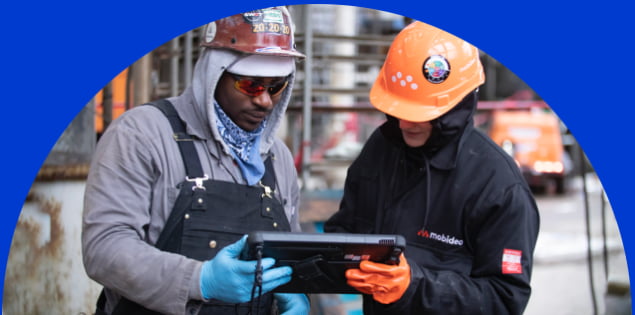Five Transformational Outcomes
1
Prepare Better & Earlier
your progress, allowing you to manage your STO preparedness against key criteria.
2
Automation & AI to Focus on the Most Effective Things (METs)
A sizable percentage of turnaround work is low risk, and just needs to be done. Through automation, MobideoSTO minimizes the amount of human management required for mundane, low-risk activities, freeing-you to focus on the Most Effective Things (METs).
3
Stay Ahead of Your Event
Understand the importance of context and meaningfully bring together data from relevant systems of record. This will enable earlier identification of emerging trends and a better understanding of the route cause.
4
Learn, Adapt & Improve
Standardized SOPs, checklists, workflows, dashboards, and KPIs support industry best practice and lay the foundation for benchmarking and continuous improvement.
5
Unlock the Value of Existing Siloed Systems
Unlock the value of data that historically resides in siloed systems in order to obtain data-driven insights and unified, actionable views of all critical data.
Learn more about what MobideoSTO can do for your Turnaround.



















